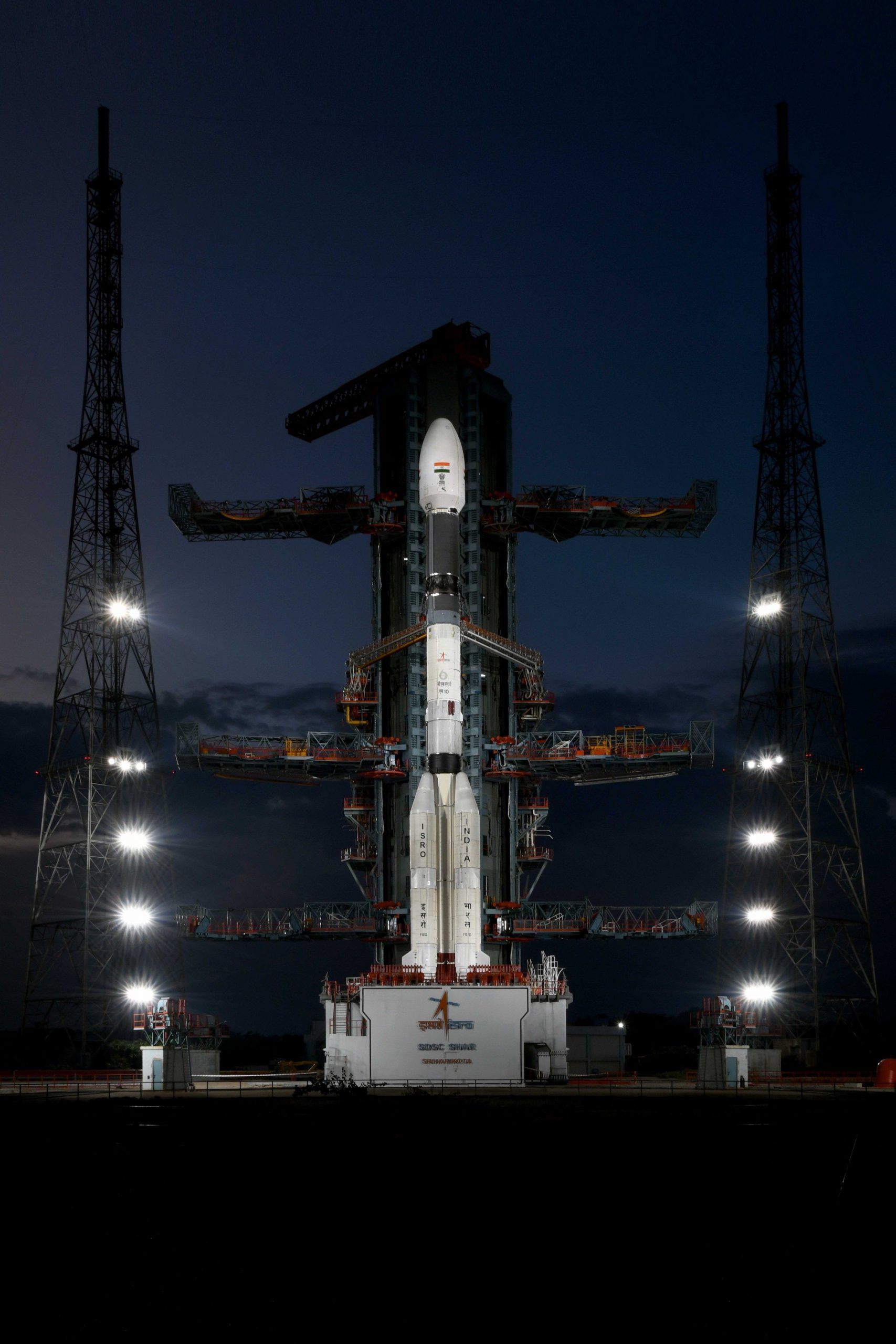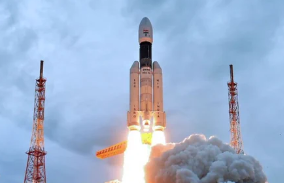In an effort to privatise the space sector, the Indian Space Research Organisation (ISRO) has opened the doors to commercial actors for its RF (radio frequency) systems and electromagnetic actuator production via a government-owned, company-operated (GOCO) system. According to a press statement, the space agency has received flight-grade systems from SFO Technologies in Thiruvananthapuram and Hical Technologies in Bengaluru.
Also read: ‘Out of body experience’: Crew delighted after Blue Origin’s 4th spaceflight
With the space agency’s mandate shifting to scientific missions and the development of new technologies, the Vikram Sarabhai Space Centre (VSSC) chose the GOCO concept for these two systems. Previously, the centre had tried and succeeded with a similar model for surface treatment of diverse sections.
The RF packages and actuation systems of a launch vehicle are among the most sophisticated, and their production is as difficult. Making an RF system necessitates sophisticated frequency tuning, complex integration, and rigorous testing, whereas making an actuation system necessitates intricate mechanical and electrical integration. As a result, these have primarily remained an in-house effort for ISRO.
Also read: How much does a Blue Origin spaceflight ticket cost?
RF systems are utilised in space missions for telemetry and telecommand. The GOCO facility was used to realise three RF packages: the Programmable S-Band Transmitter (PSBT), the Solid-state C-Band Transponder, and the Digital Telecommand Receiver (DTCR). Work on the RF systems began in August of last year, following training of industry partners.
Also read: NASA’s Hubble spots most distant star ever seen by humankind
Electromechanical actuators are used to control and steer launch vehicles in order to provide proper thrust management through nozzle alignment in desired directions. For PSLV, GSLV, and GSLV Mk-III manufacturing in GOCO mode, twelve types of electromechanical actuators were found. Again, after training the industry partners, manufacture began in January of last year, and the actuators began rolling out in August of the same year.







